2013 BMW 3 Series Hybrid Review

Fast and efficient, what’s not to love about the BMW 3 Series ActiveHybrid? Apart from the obnoxious marketing-speak name, it turns out, very little.
FAST FACTS
| 1. Mating BMW’s turbocharged inline-six to an electric motor the 3 Series ActiveHybird makes 335 hp and 330 lb-ft of torque for a 5.2 second 0-60 mph time. |
| 2. Fuel economy is 25 MPG city and 35 MPG highway, better than either the 328i or 335i in the city. |
| 3. Priced at $49,650 it’s a $6,500 premium over the 335i. |
Is that what you expected to read? Well, prepare to have your expectations shattered because that statement isn’t true at all. In fact, the gasoline-electric 3 Series might be the worst BMW we’ve ever driven.
MORE POWER, BETTER FUEL ECONOMY
Sure as a “car” it’s fine. In fact, it’s not just fine, it’s seriously impressive. Thanks to an electric motor and lithium ion battery pack mated to the brand’s impressive turbocharged inline-six it makes 335 hp and 330 lb-ft of torque. That’s a solid 35 hp more than the standard 335i, enabling an impressively fast 0-60 time of 5.2 seconds.
Plus, it’s able to match the 335i’s fuel economy rating on the highway with 33 mpg and bests its city rating with an official 25 mpg. Those numbers are no bluff either, with our test car achieving a 29 mpg average during our week behind the wheel.
It’s not just fuel efficient either. It looks stunning with the new angled kidney grille, and the Eco sheek Liquid Blue metallic paint sends a message that’s equal parts luxury and environmental responsibility.
Amazingly, the hybrid model’s front-to-rear weight balance is even better than the regular car, helping maintain much of the standard vehicle’s driving dynamics. Weighing 300 lbs more than a 335i, however, it’s not going to deliver quite the same level of fun.
For the vast majority of drivers who spend their hours behind the wheel commuting, however, that’s not likely to matter. Instead, what they may notice are the imperfections of BMW’s hybrid system.
Again, in certain respects, it’s a solid bit of hardware. Essentially the identical powertrain found in both the 5 Series and 7 Series hybrid models, because the system was obviously built to propel a larger vehicle, unlike a lot of hybrids you don’t have to baby the throttle. Normal (though still light), amounts of the right pedal in traffic will keep it in pure electric mode, even on inclines.
With 2.5 possible miles of electric range you really are able to glide along for a good zero-emissions distance at speeds of up to 46 mph.
A LONG LIST OF GRIEVANCES
Once the gas engine engages, however, the love affair with the BMW 3 Series ActiveHybrid becomes a domestic dispute. Sure that turbo is amazing on its own, but meshing gas and electric technology together isn’t something BMW has mastered.
A week spent crawling in traffic unearthed a laundry list of quirks, jerks and idiosyncrasies with this green machine.
Often the gas and electric systems simply aren’t in sync. Once the slow electric acceleration is no longer sufficient to move the car beyond its given speed and pace the gas engine kicks on. Minimally noticeable on its own, that motion can be compounded by the immediate “shift-shock” of a gear change. It’s as though the gas and electric systems simply don’t talk to each other at times and as a result can’t anticipate what is coming next.
BMW owners may smugly scoff at those who drive a Prius, but there’s a reason that car uses a smooth CVT and not a “sportier” geared unit like the 8-speed auto in the BMW.
Far more unnerving than a little shift shock, is the braking which in no way carries the brand’s hallmark quality of consistent pedal feel.
Rather, it changes abruptly at low speed right before you stop. BMW seems to have engineered its regenerative braking function excellently. The pedal is consistent and firm, though moments before the car actually stops it’s as though the regenerative function stops and the conventional braking isn’t up to the task. It feels like a slight loss of brake pressure and all of a sudden you have to squeeze down hard on the pedal, bringing your pricey German hybrid to an abrupt stop. A small inconvenience you say? Try it 64 times in a row in stop-and-go traffic.
Some would say this is nitpicking, but ask yourself this. Have you heard someone say, “The brakes don’t feel the best, but that’s ok, because it’s just a BMW.” I can assure you, 100 percent, that you have not.
Plus, you can pair that unnerving braking sensation with yet another flaw. On numerous other occasions the start-stop system shuts off the gasoline engine seemingly just before the car comes to a full stop and the result feels more like someone tugged on the parking brake.
As mentioned, unlike almost every other hybrid on the road, acceleration is plentiful when you want it. The power numbers are a bit misleading, however, as added engine output doesn’t give an advantage to 60 mph with a time that’s actually a tenth of a second slower.
Plus, whether it’s due to the start-stop system or just the fact that the car is engineered to start in electric mode, throttle response from a stop always feels slow.
With few compliments to bestow upon the 3 Series Hybrid, BMW has at least managed a smooth engagement of the hybrid system when accelerating from a stop (just not in slow moving traffic). In fact, refireing the engine is much smoother than the start-stop system in the brand’s non-hybrid models.
A MISSED OPPORTUNITY?
A parts bin car, it seems like the hybrid system designed for larger BMWs was just tossed in the 3 Series as an afterthough to help meet economies of scale. Apart from the obvious drawbacks mentioned above, it is efficient, though also overkill. An ideal engine to hybridize in the 3 Series would be the 2.0T from the 328i, which already delivers excellent fuel economy, power and acceleration on its own. Still, even if it was as fast as the 335i and could get 40 mpg, it would still suffer from the same gremlins as the car we tested.
Simply put, in many ways it’s an excellent car. Unfortunately it’s also a rather unbecoming BMW with so many small issues it feels more like a German science project, which for $50,000 it most certainly should not.
That, for the record, is a $6,500 premium over the 335i.
THE VERDICT
If there’s a backhanded compliment to be given here it’s that what makes the 3 Series ActiveHybrid so bad is that the 3 Series itself is so good. Simply put, if it were a worse vehicle, these gripes wouldn’t stand out. Easily one of the best cars money can buy, the 3 Series has been refined over decades to get to this level. The same cannot be said of BMW’s hybrid system.
In fact, it’s hard not to be surprised this vehicle made it to production given BMW’s reputation for impeccably engineered cars. And for that reason, the 3 Series ActiveHybrid is a perfectly enjoyable car to drive. It might also be the worst BMW we’ve ever driven.
LOVE IT
- Fast and efficient
- Agile
- It’s a 3 Series
LEAVE IT
- Hybrid drive needs polishing
- Small MPG improvement over 335i
- Expensive

With AutoGuide from its launch, Colum previously acted as Editor-in-Chief of Modified Luxury & Exotics magazine where he became a certifiable car snob driving supercars like the Koenigsegg CCX and racing down the autobahn in anything over 500 hp. He has won numerous automotive journalism awards including the Best Video Journalism Award in 2014 and 2015 from the Automotive Journalists Association of Canada (AJAC). Colum founded Geared Content Studios, VerticalScope's in-house branded content division and works to find ways to integrate brands organically into content.
More by Colum Wood

















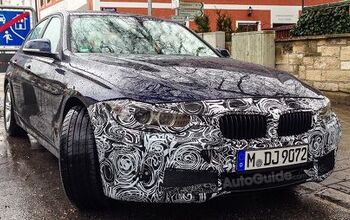
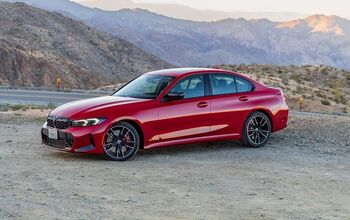




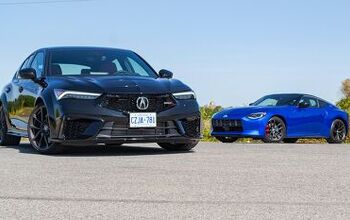
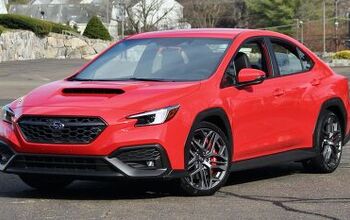


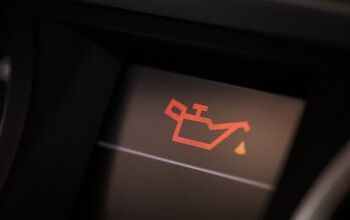
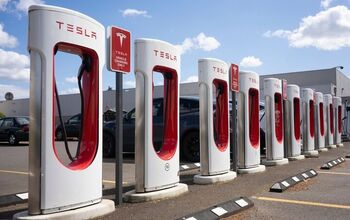
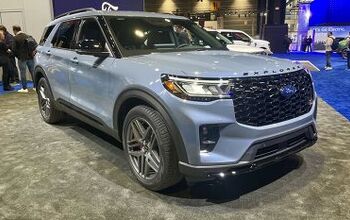

Comments
Join the conversation